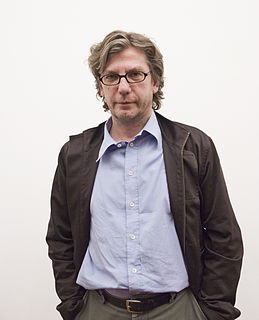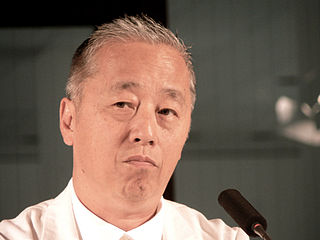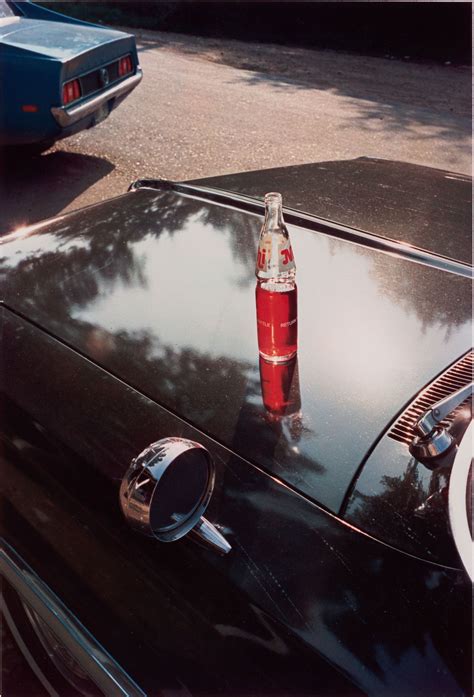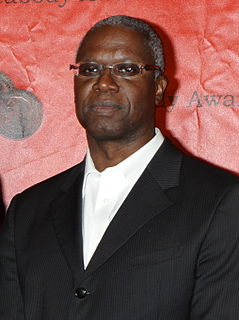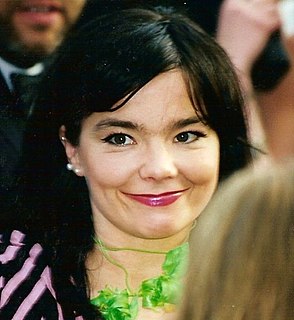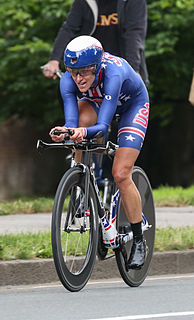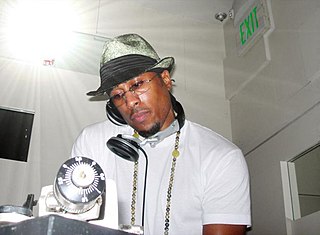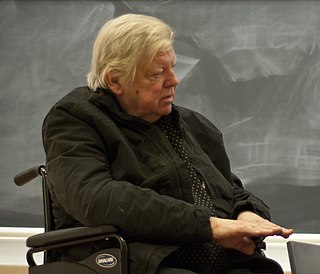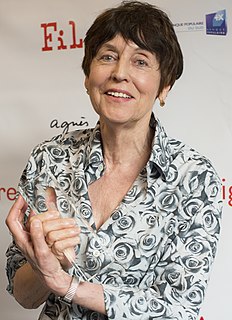A Quote by Stuart Franklin
In the same way, photography, for me, has fragmented. You do have people doing bodies of work - often with found photographs - that are quite hard to understand unless you got a very sophisticated visual history behind you. But there are different camps.
Related Quotes
[Photography] allows me to accede to an infra-knowledge; it supplies me with a collection of partial objects and can flatter a certain fetishism of mine: for this 'me' which like knowledge, which nourishes a kind of amorous preference for it. In the same way, I like certain biographical features which, in a writer's life, delight me as much as certain photographs; I have called these features 'biographemes'; Photography has the same relation to History that the biographeme has to biography.
The reason I do photographs is to help people understand my music, so it's very important that I am the same, emotionally, in the photographs as in the music. Most people's eyes are much better developed than their ears. If they see a certain emotion in the photograph, then they'll understand the music.
Photography for me has been tremendously good, because I'm not a very sociable person. I'm happy reading or sitting in the library or going for walks. So photography has brought me in contact with people and made me understand people in a way that I probably wouldn't have done if I hadn't been a photographer. And so I'm grateful for that, really.
US Cycling is doing a lot now with camps in different towns or different regions, but I think a great place, and I'm not sure how much it's been hit, is camps for people that are involved in other sports. Why not put on camps for high school kids that are cross-country runners, because those are the some of the best cyclists.
We don't understand what photography is doing. We don't understand the power of its rhetoric. We don't understand why the Provoke photographers showed Tokyo city as a ghastly and alien city when it was really going through this period of mega-capitalist growth. It's a very, very, very powerful force, the photograph. People ask me why it has such an ability to captivate us. And I just don't know.
I may be able to spot arrowheads on the desert but a refrigerator is a jungle in which I am easily lost. My wife, however, will unerringly point out that the cheese or the leftover roast is hiding right in front of my eyes. Hundreds of such experiences convince me that men and women often inhabit quite different visual worlds. These are differences which cannot be attributed to variations in visual acuity. Man and women simply have learned to use their eyes in very different ways.
I can't honestly say where the inspiration for my work came from. I think it came from reading. It came from texts, from Nietzsche, Schopenhauer, it came from, you know, Jean-Paul Sartre. These are the ideas that got me worked up and inspired. It wasn't so much the visual things that inspired me. Although, of course, there were plenty of painters in history that I admired all the way from Brueghel to Goya, to Picasso - because everything visual stimulates me.

